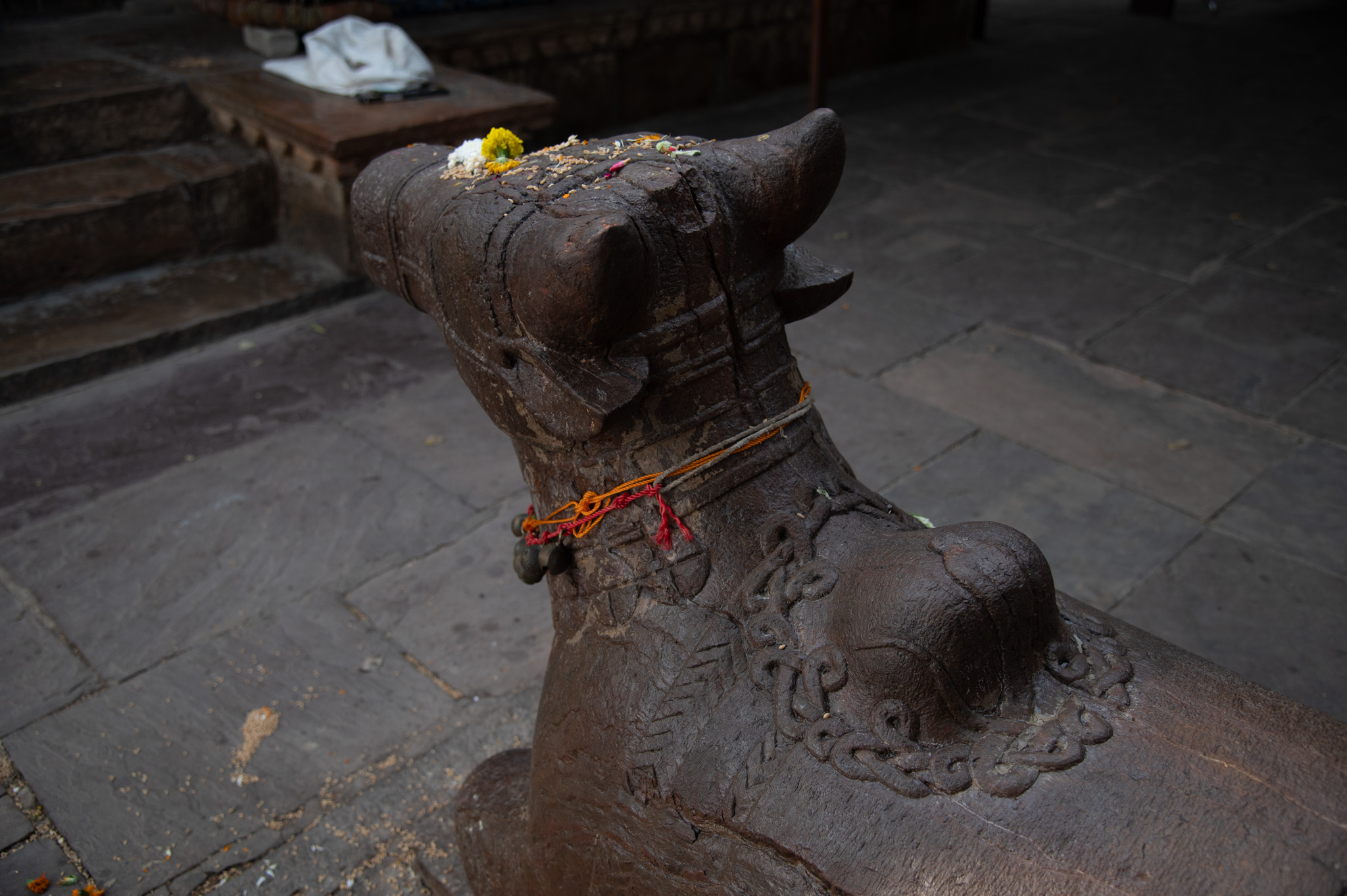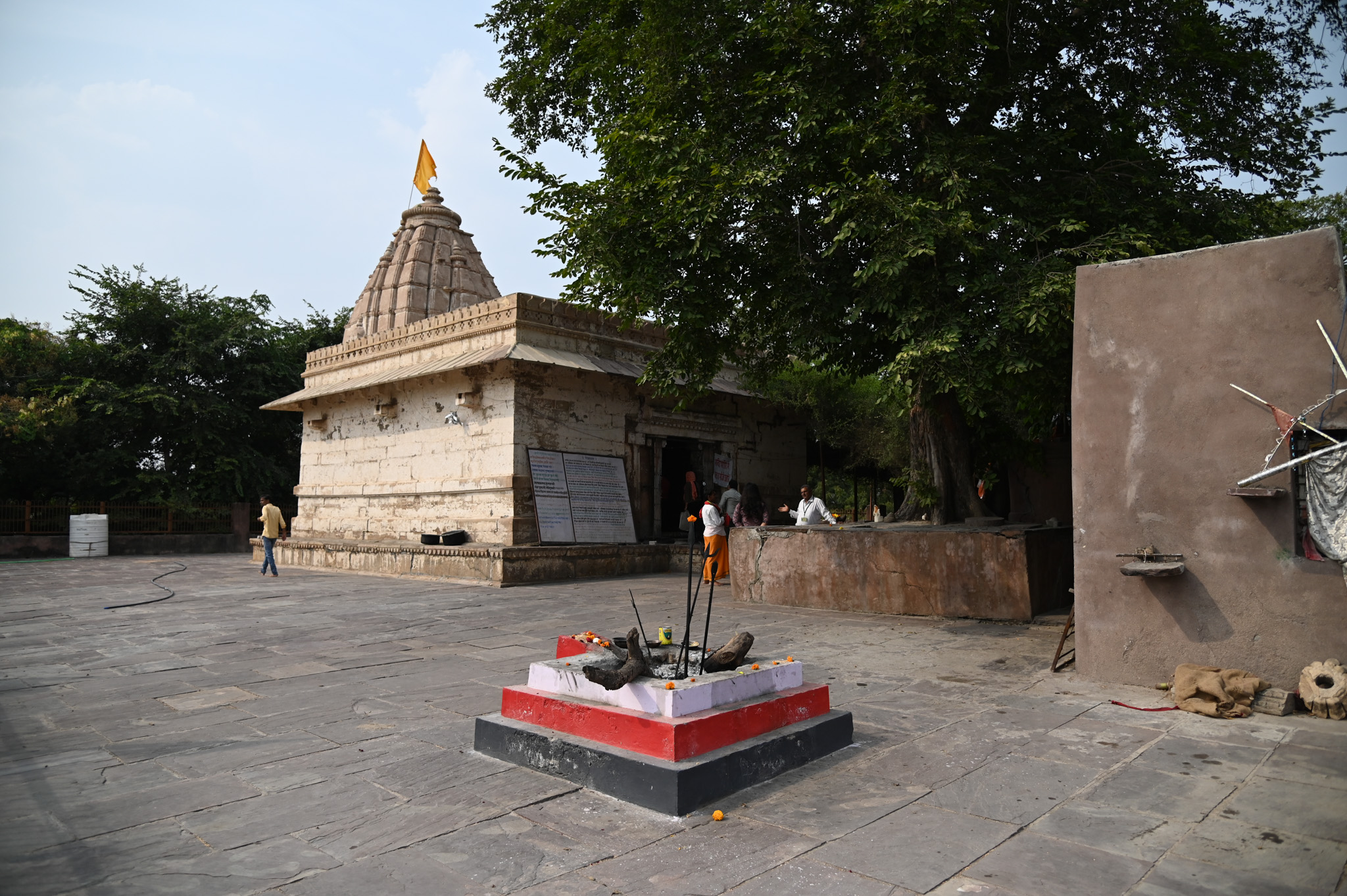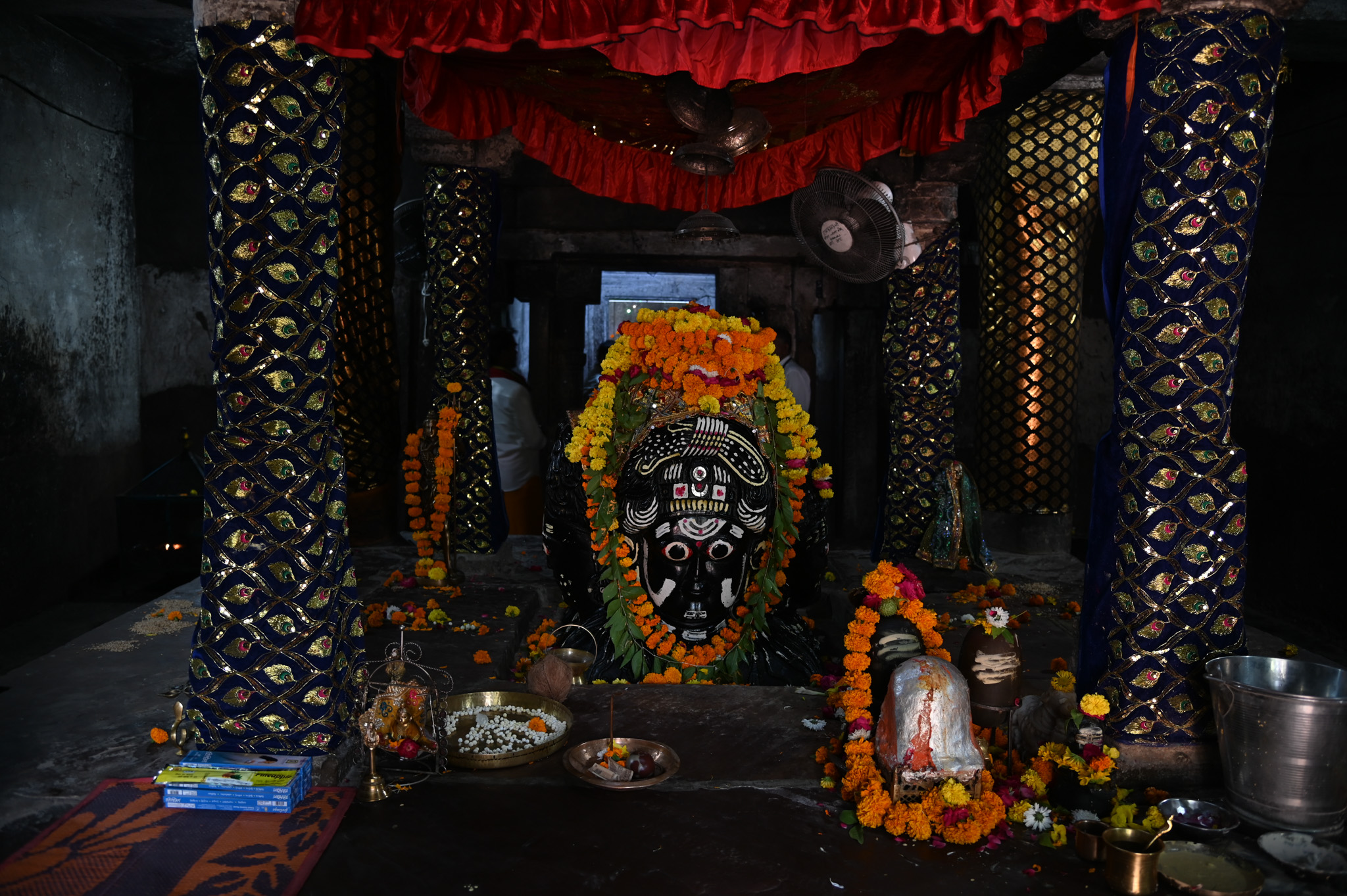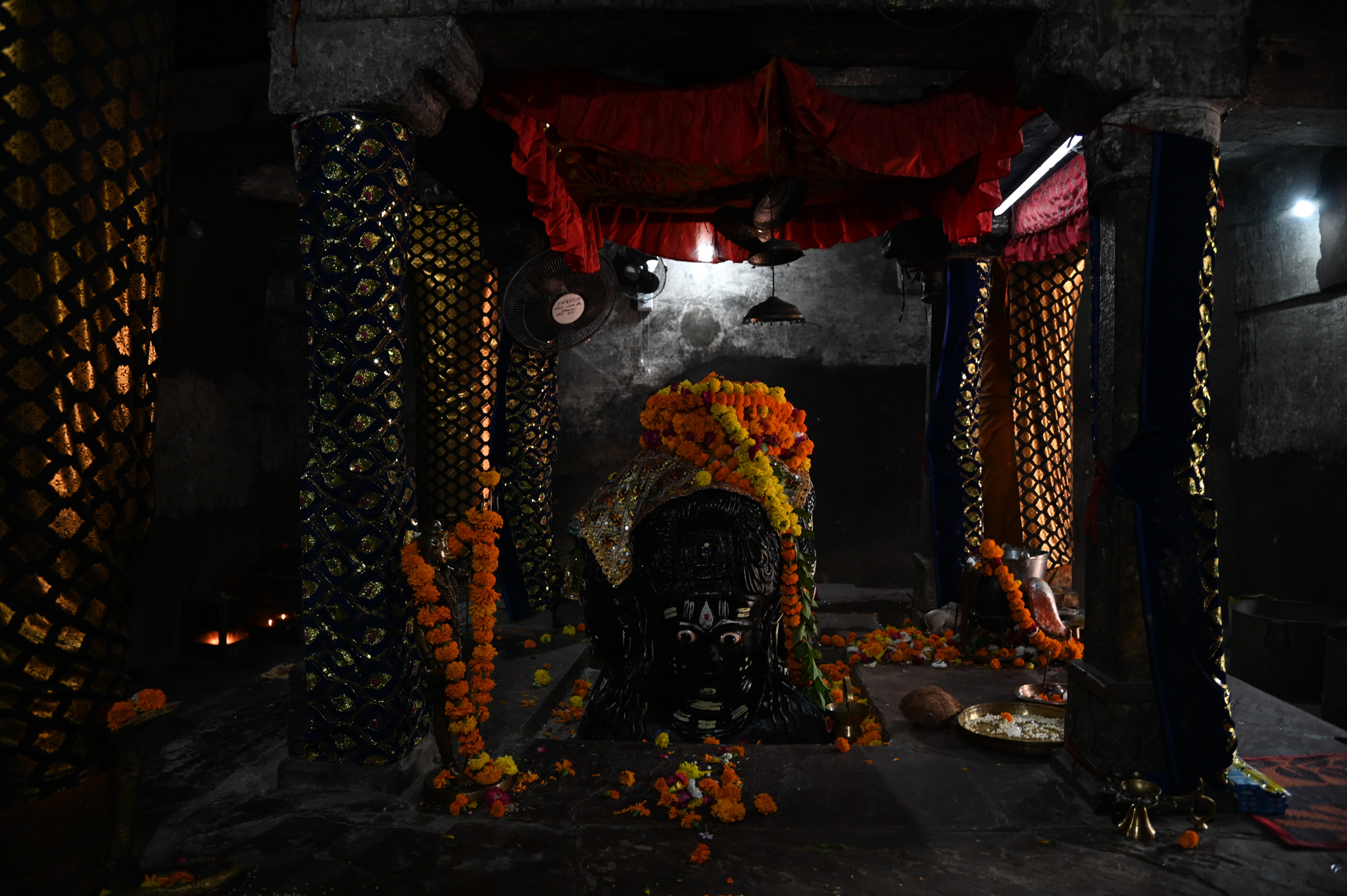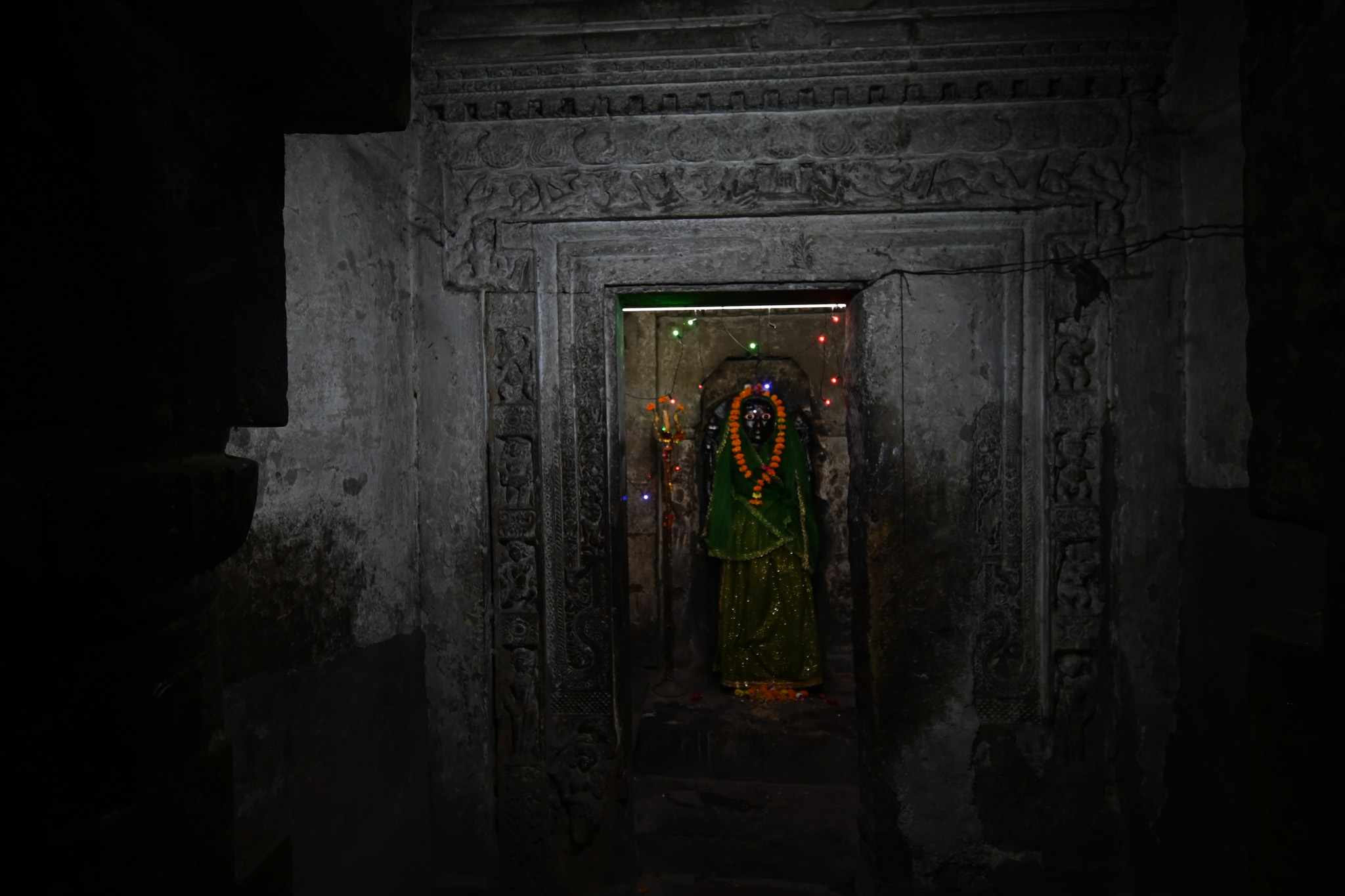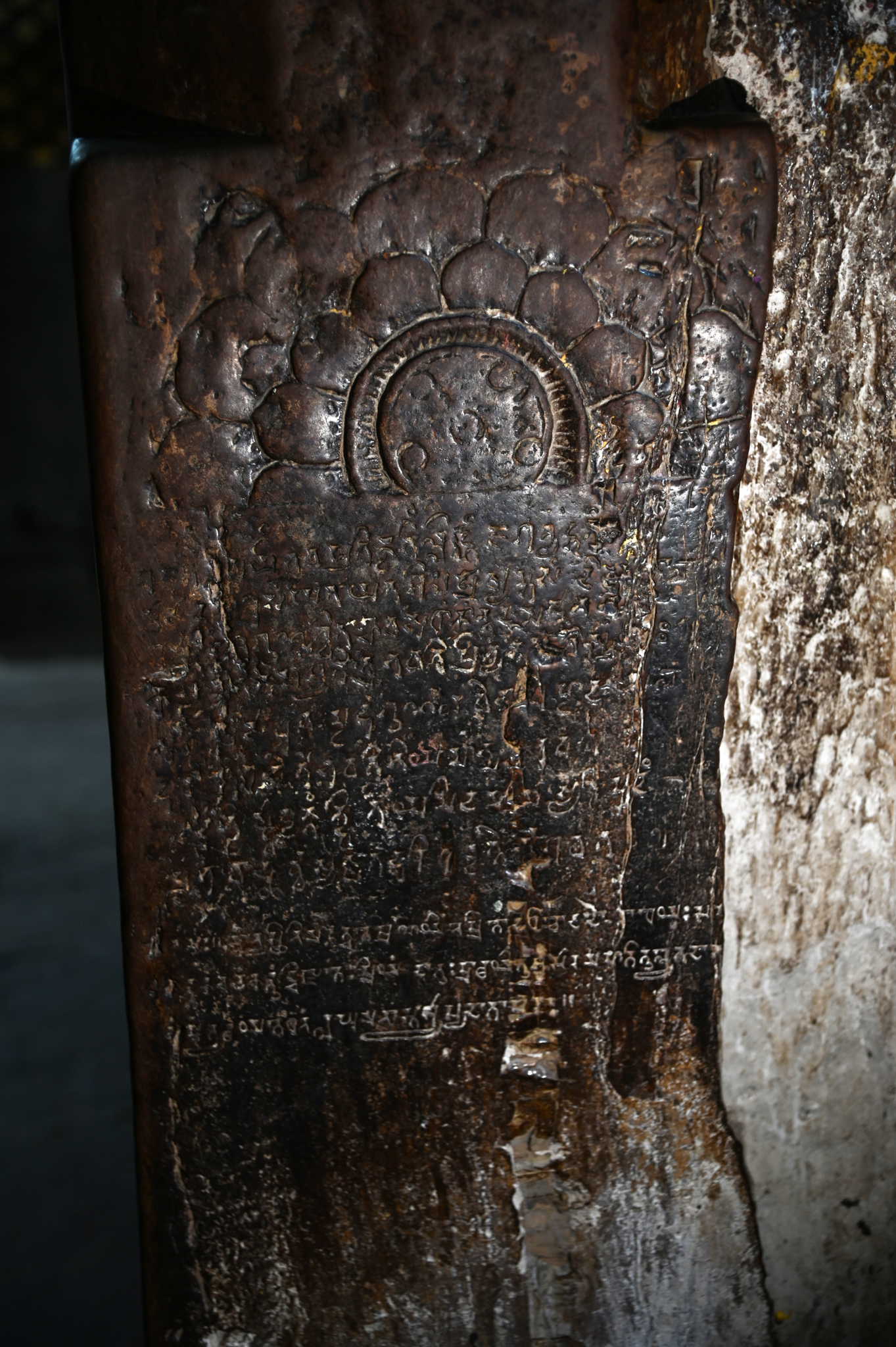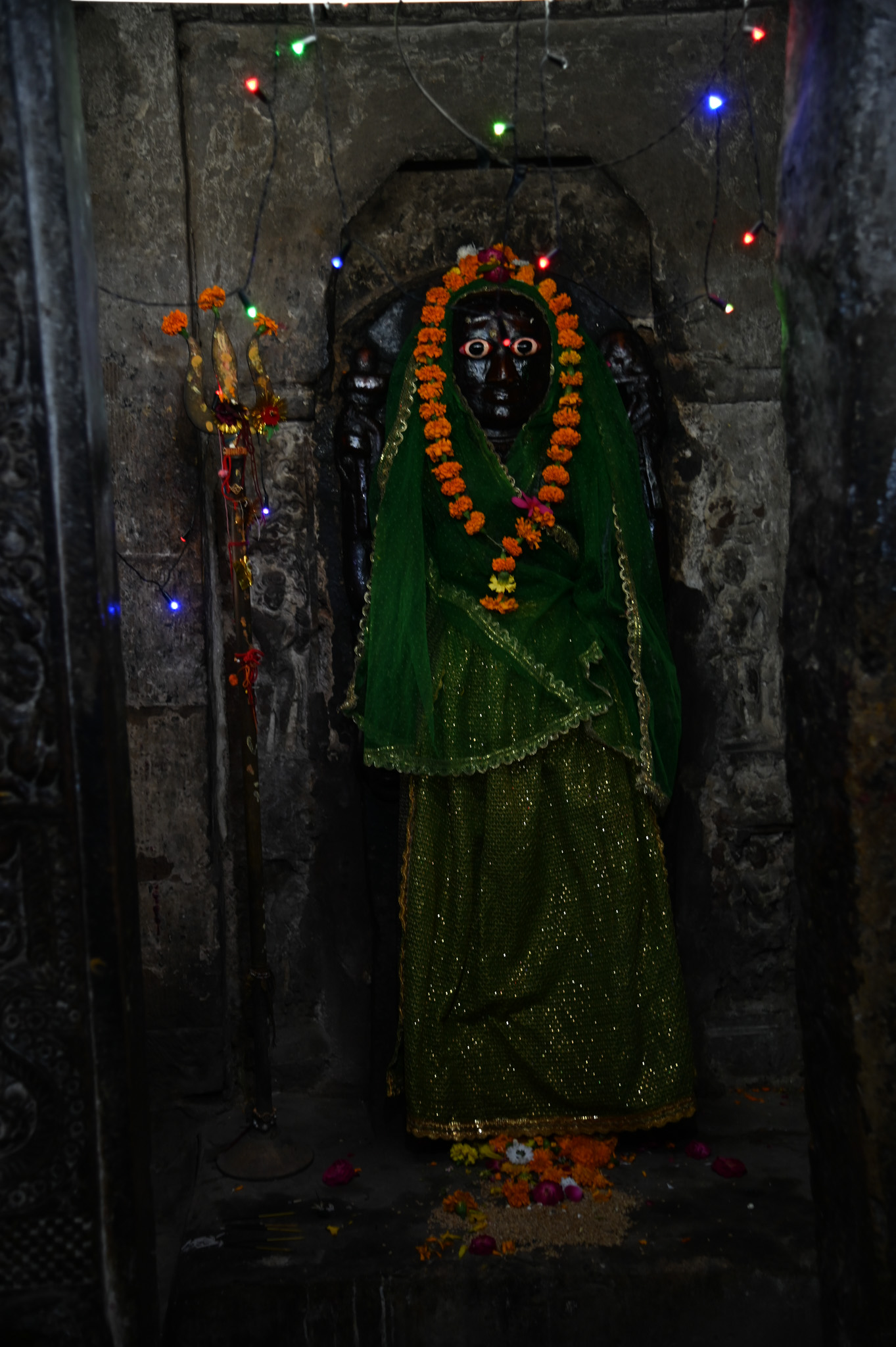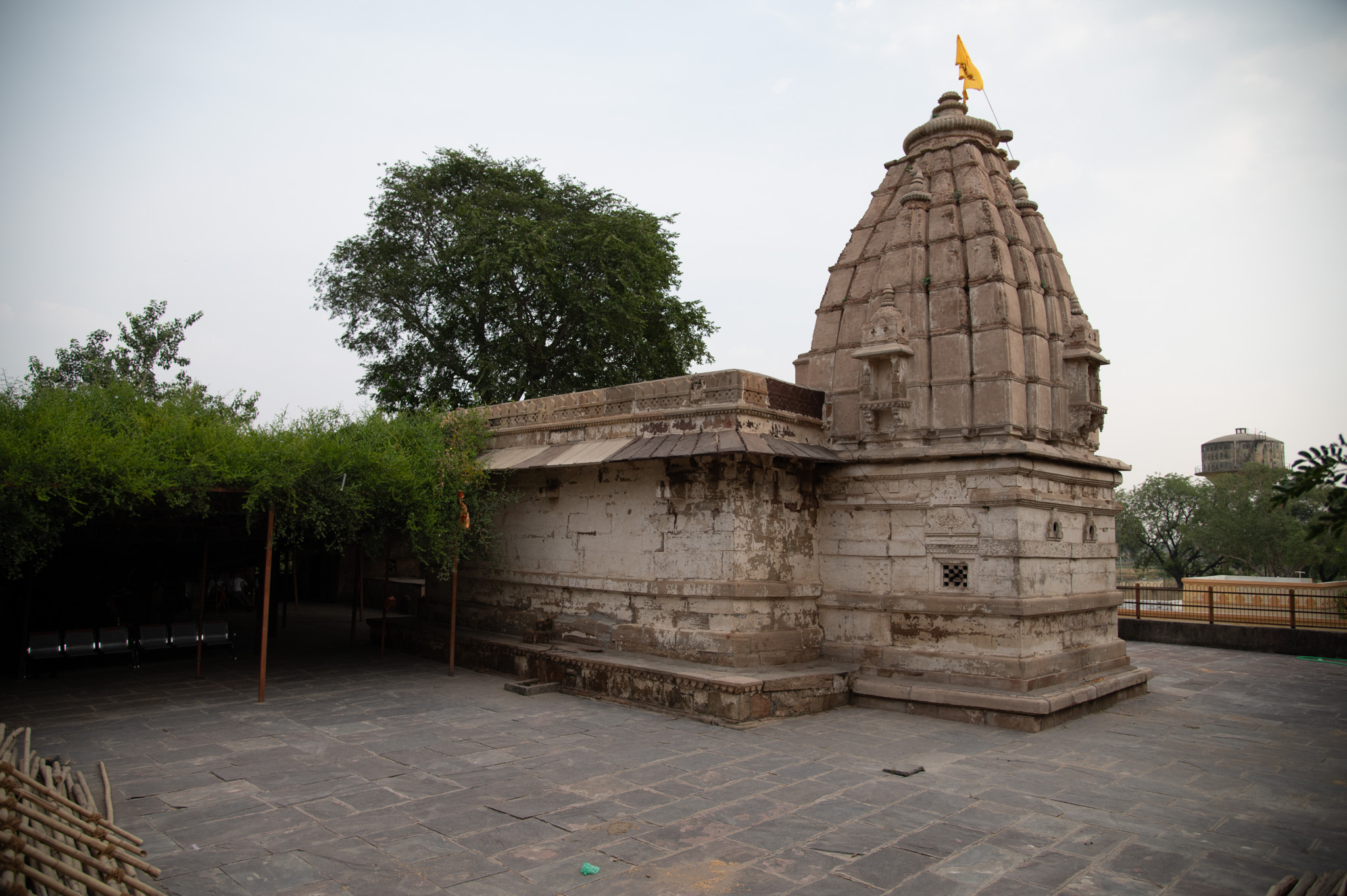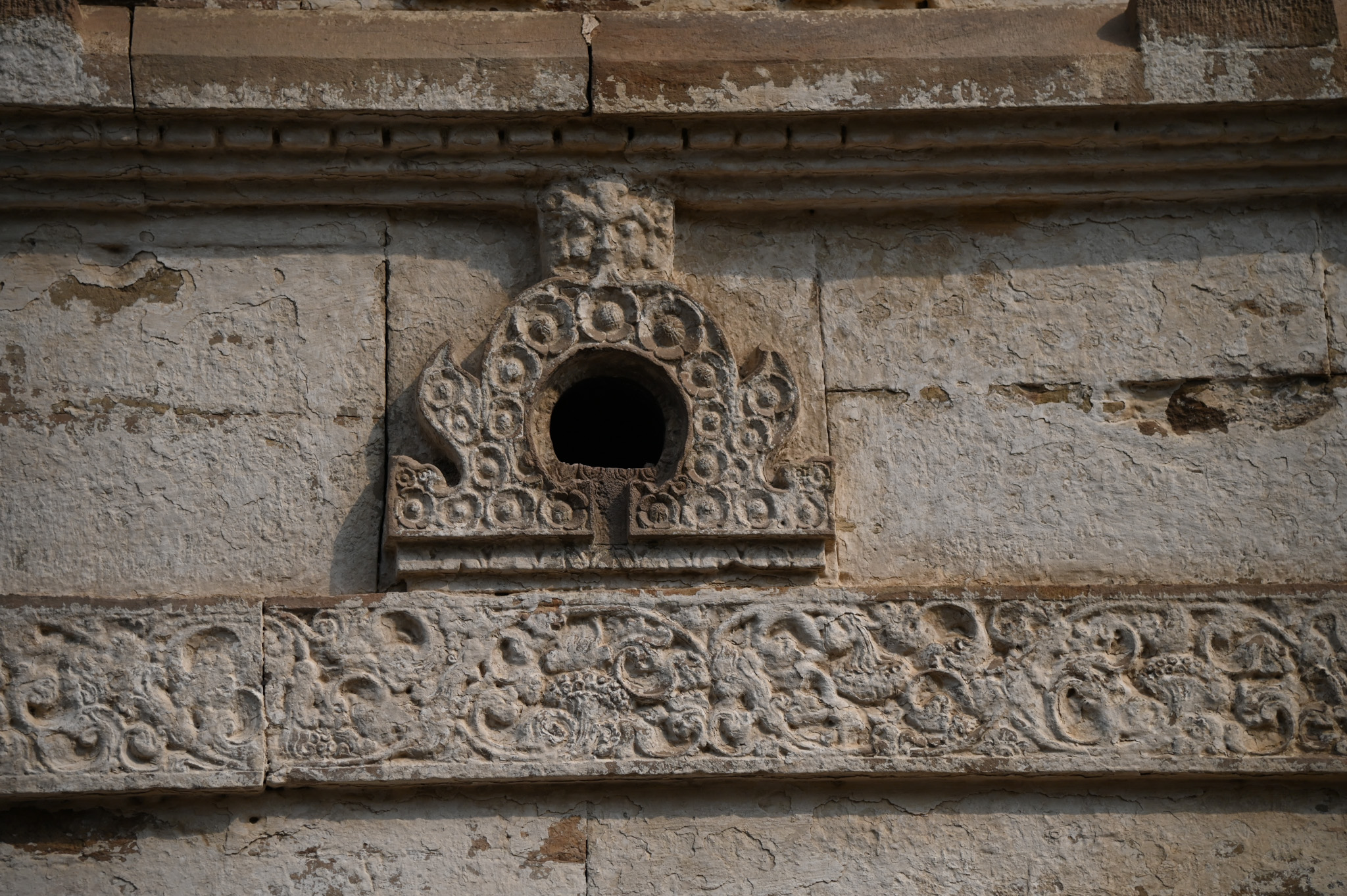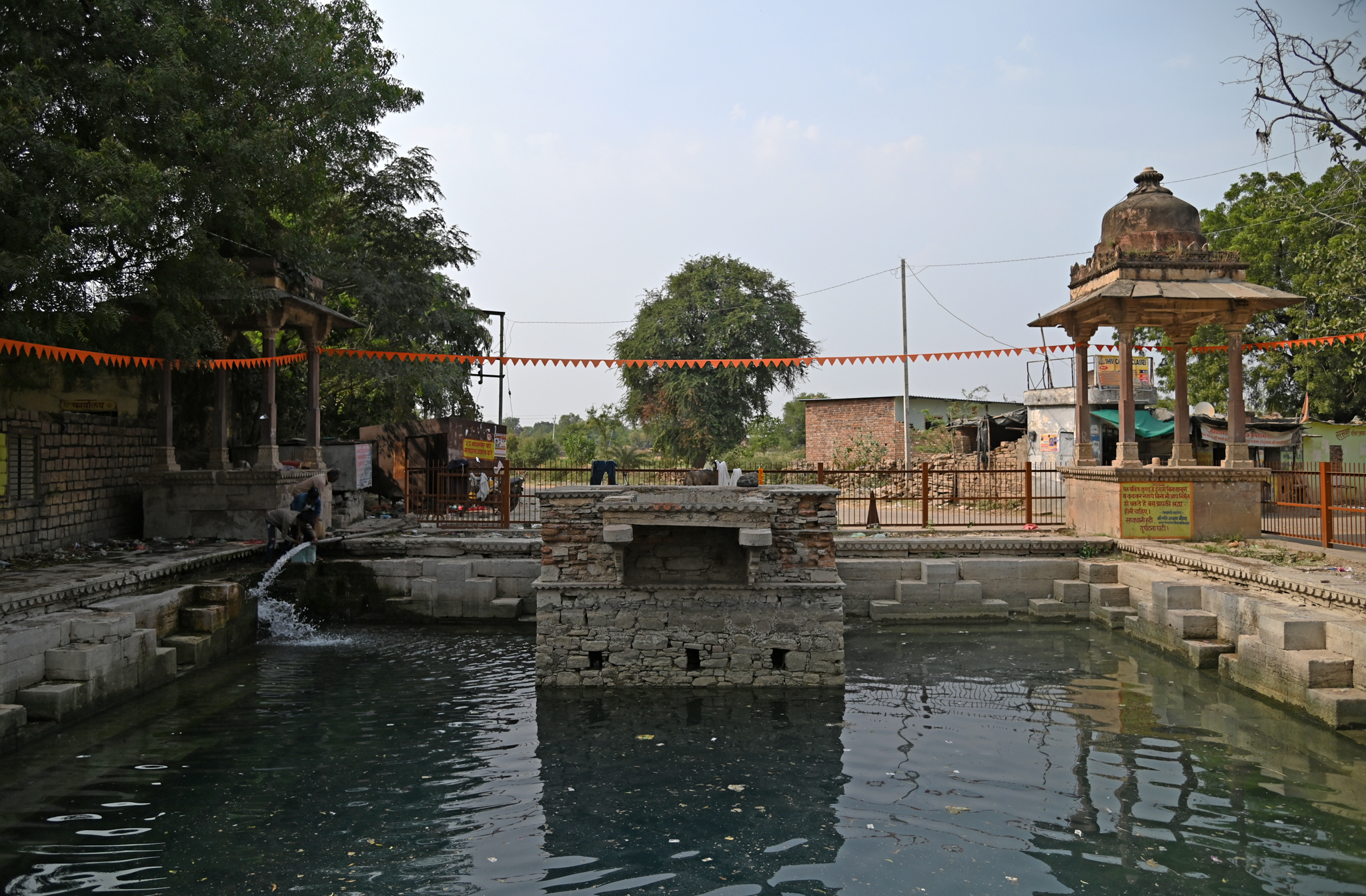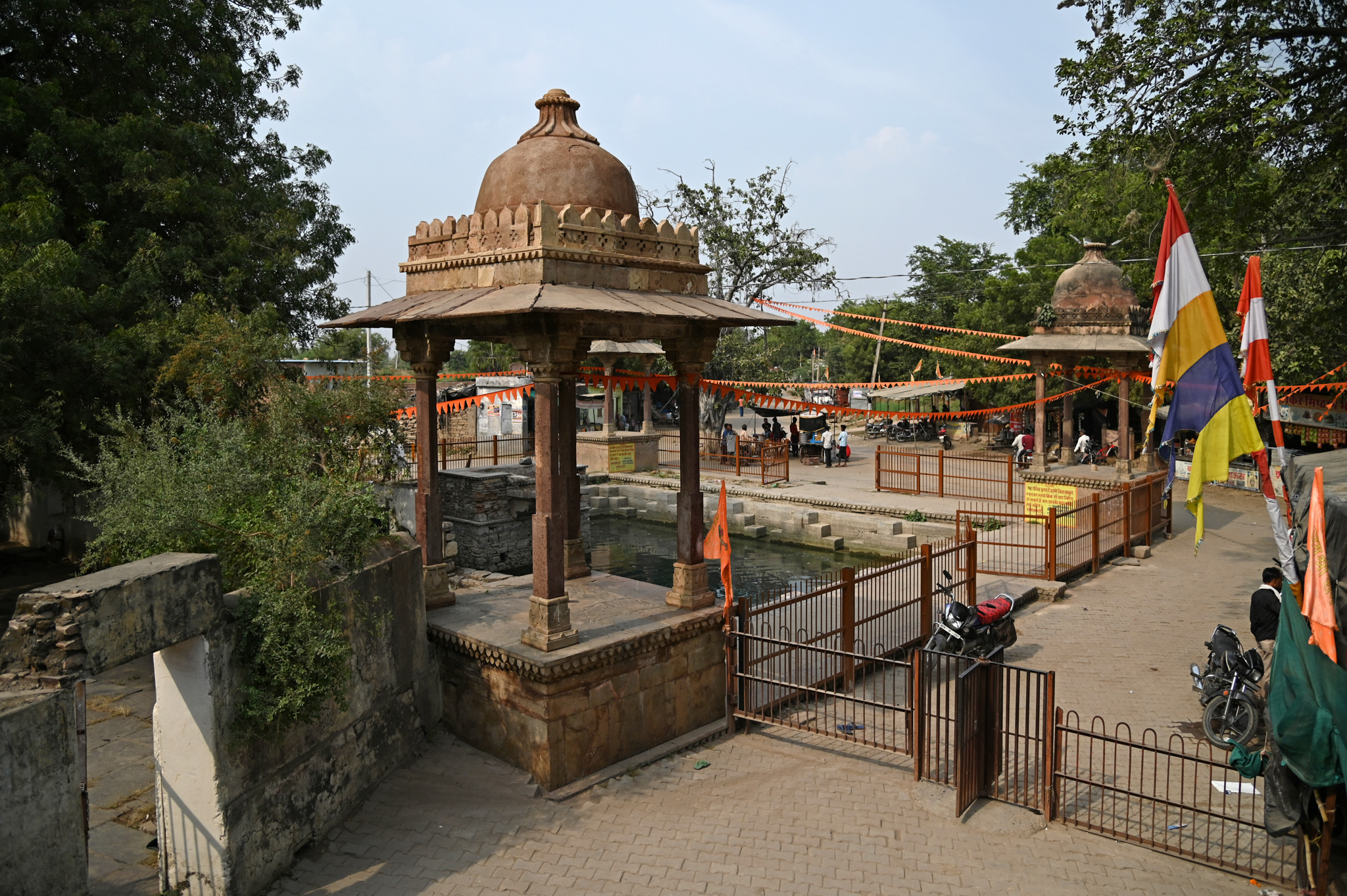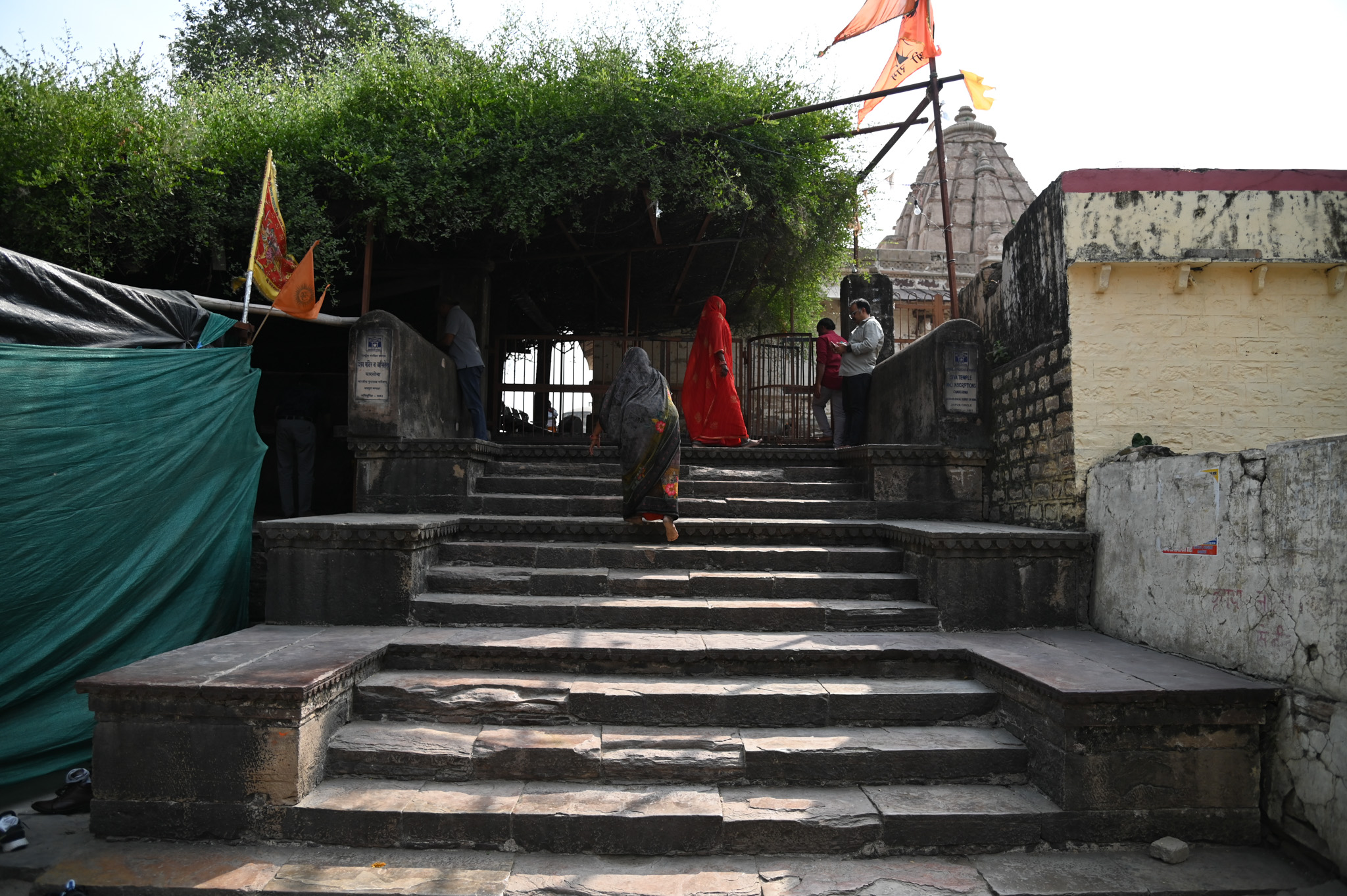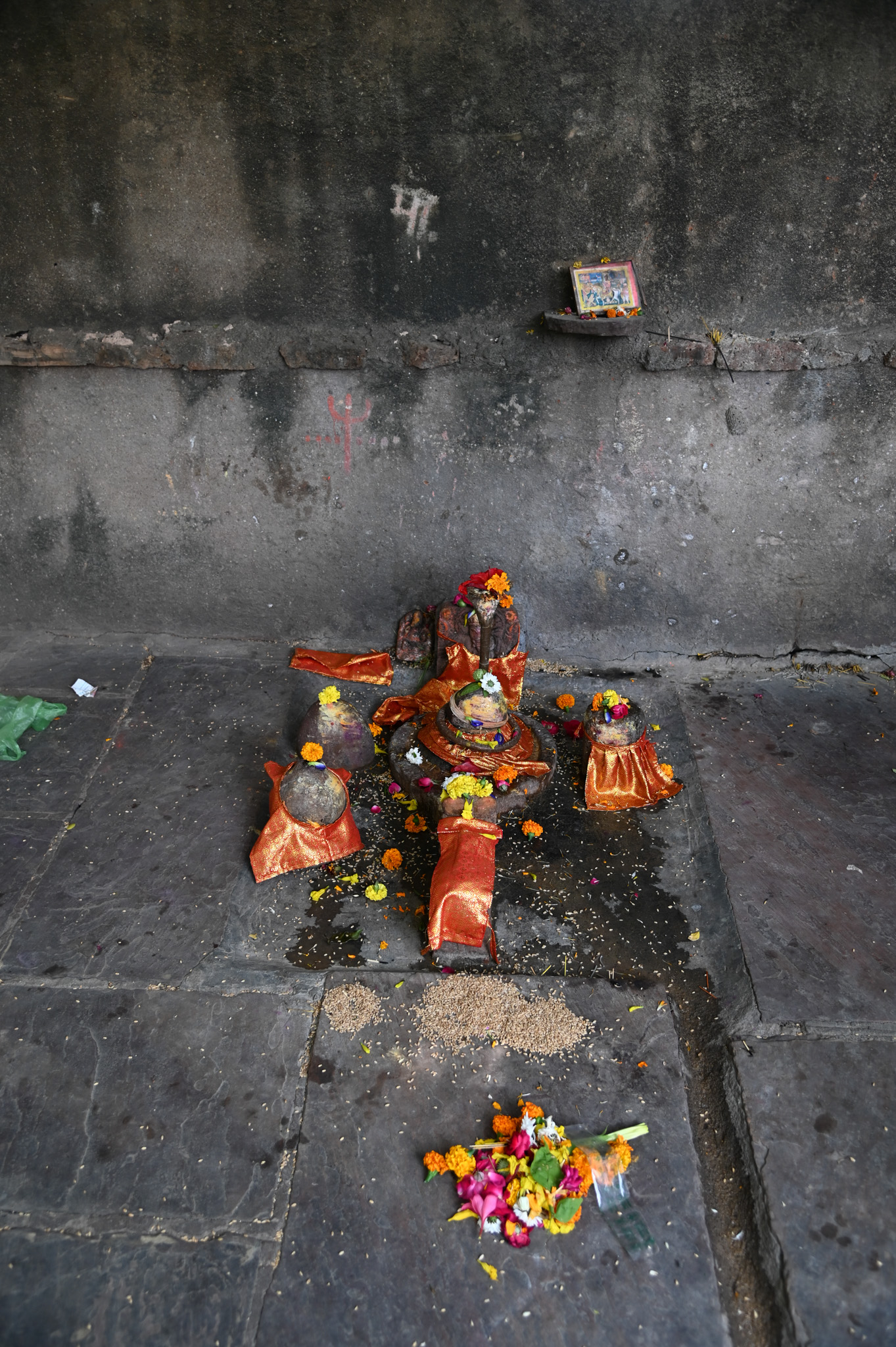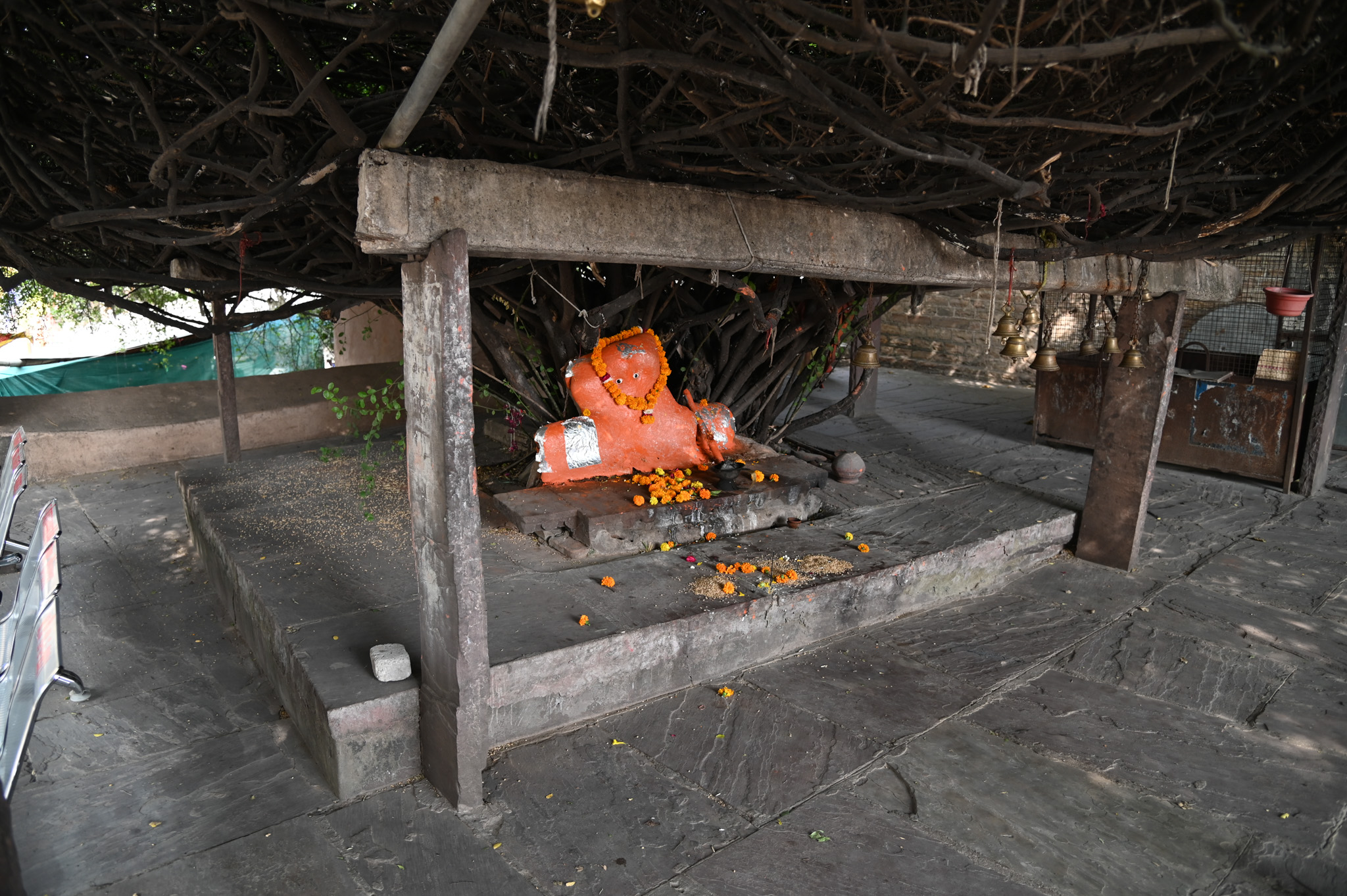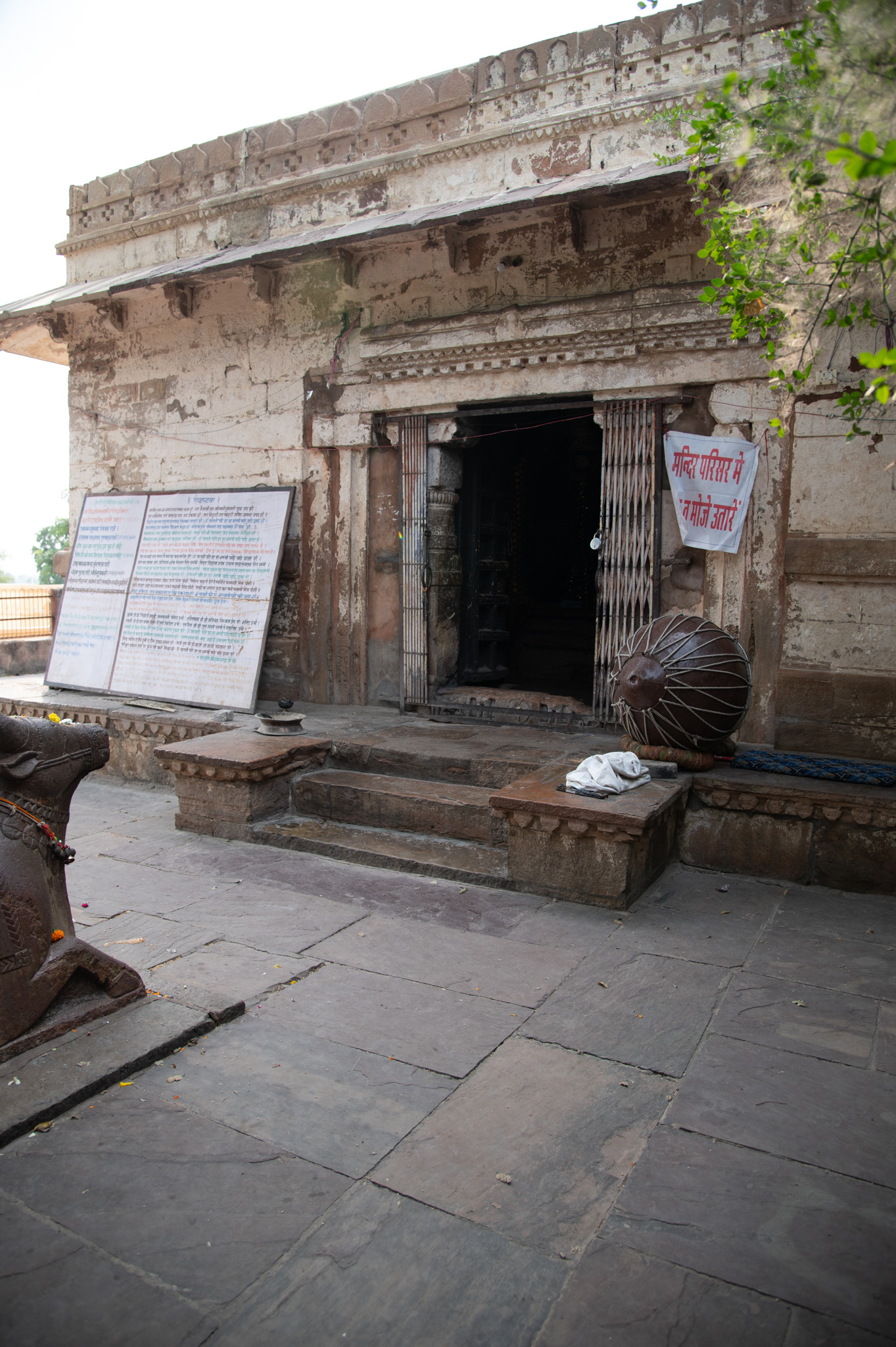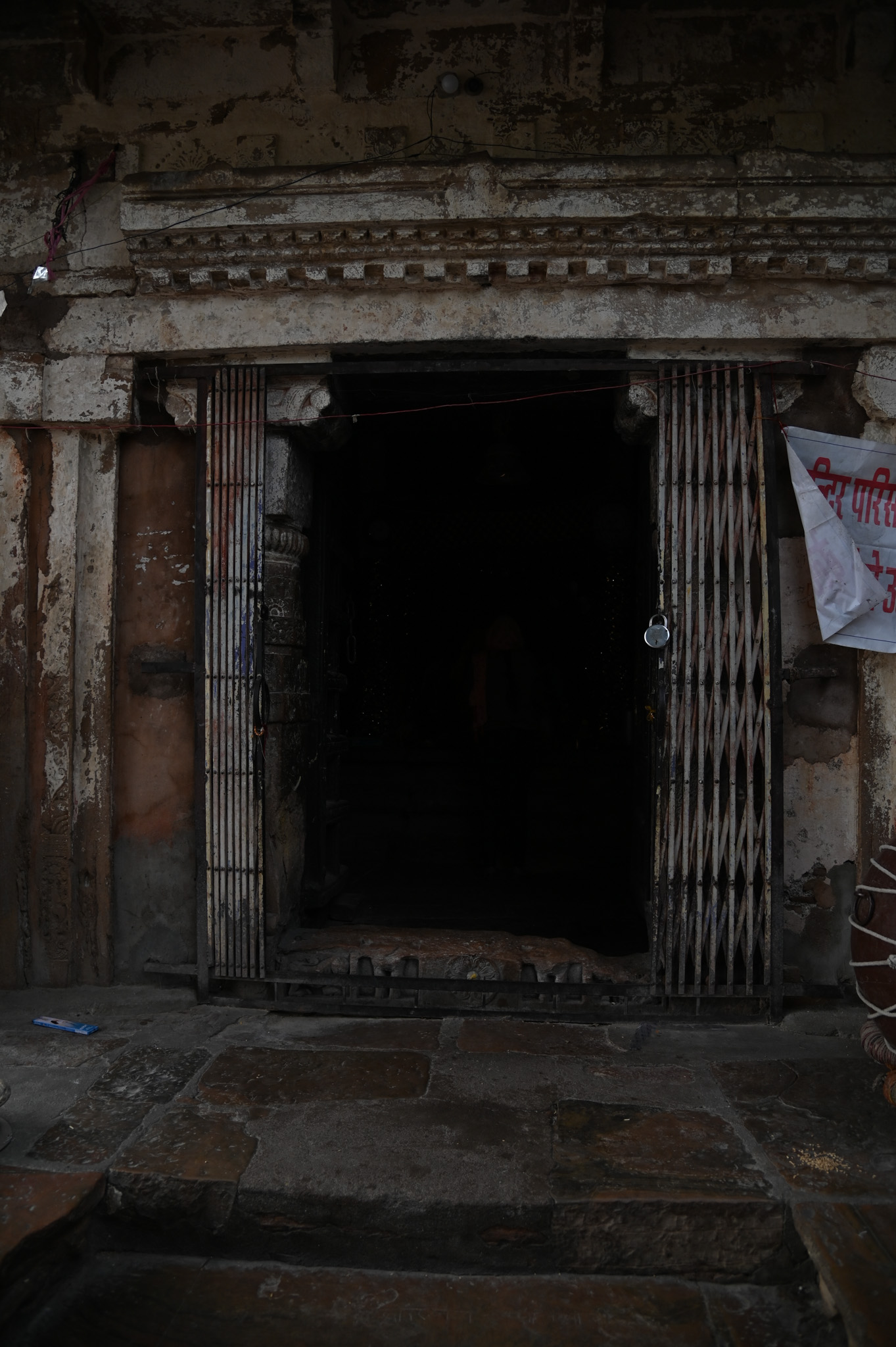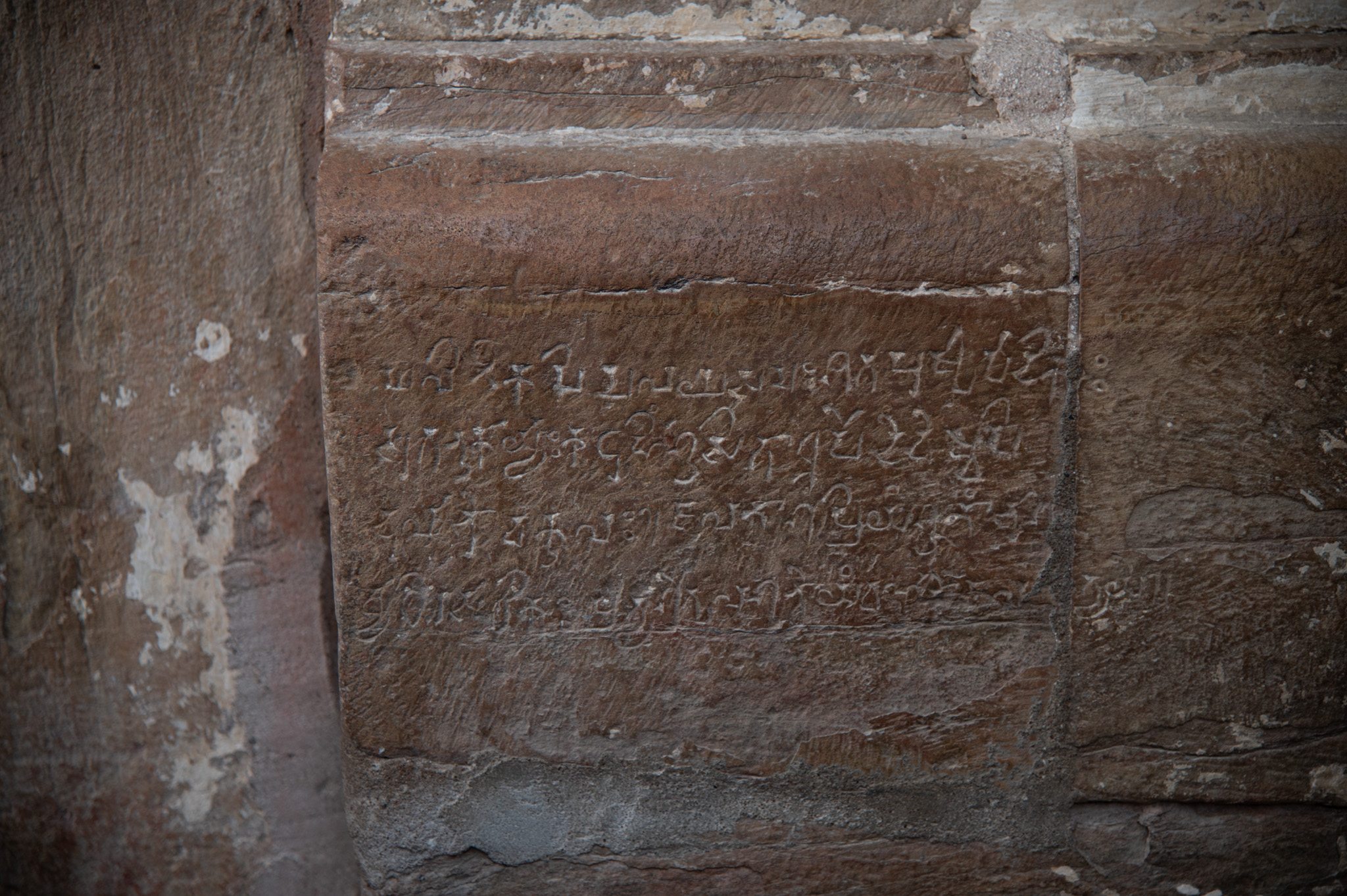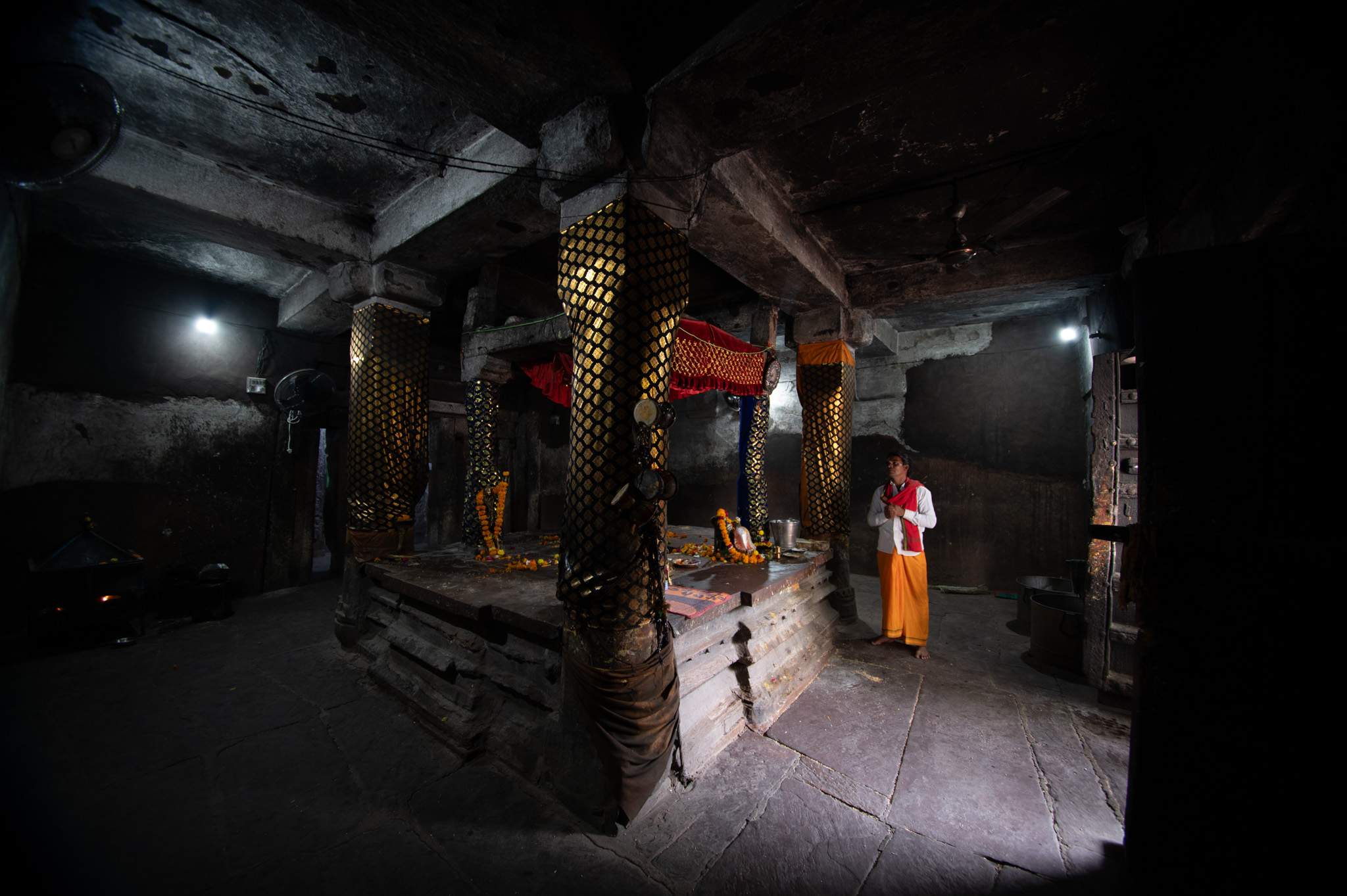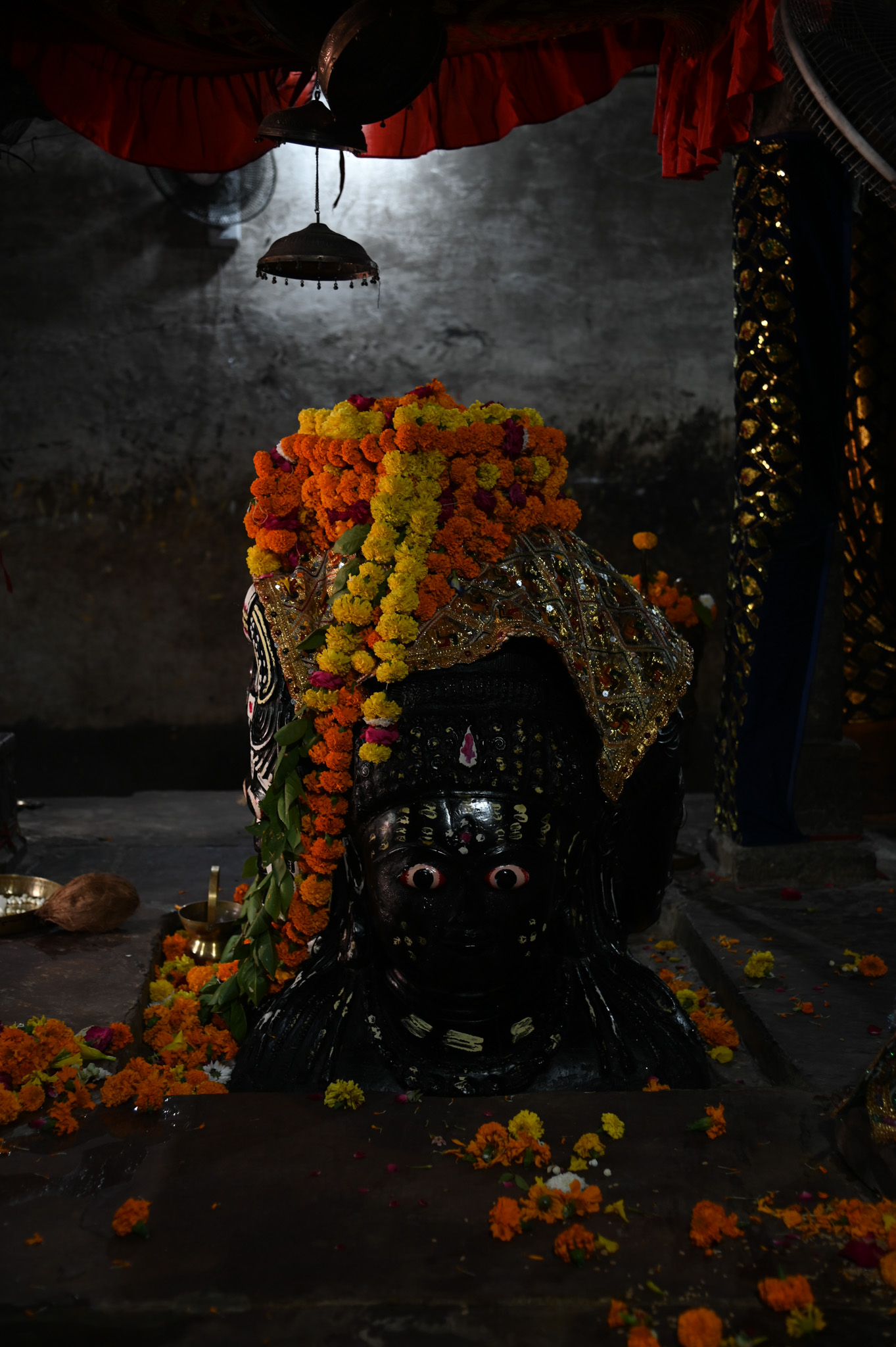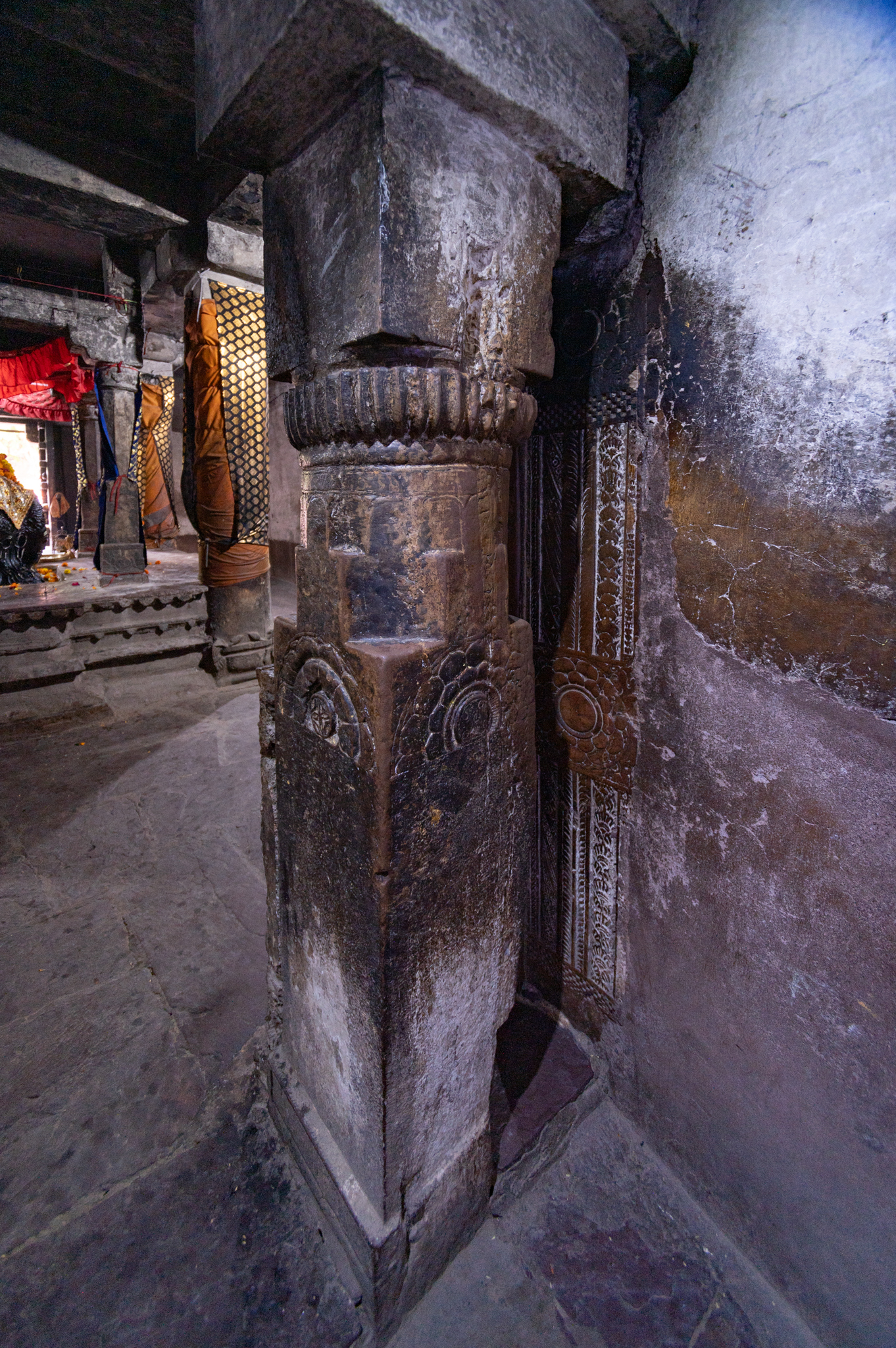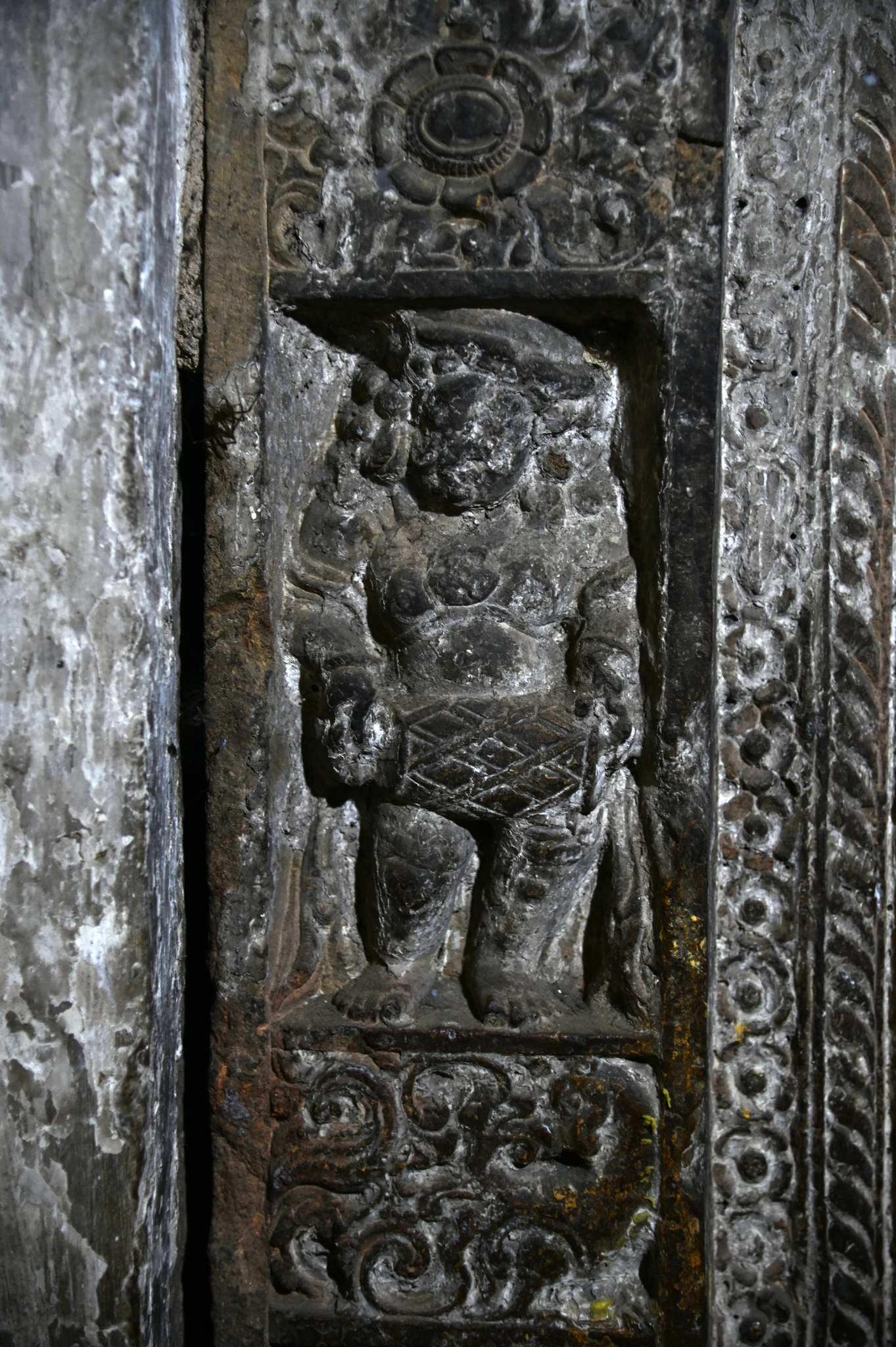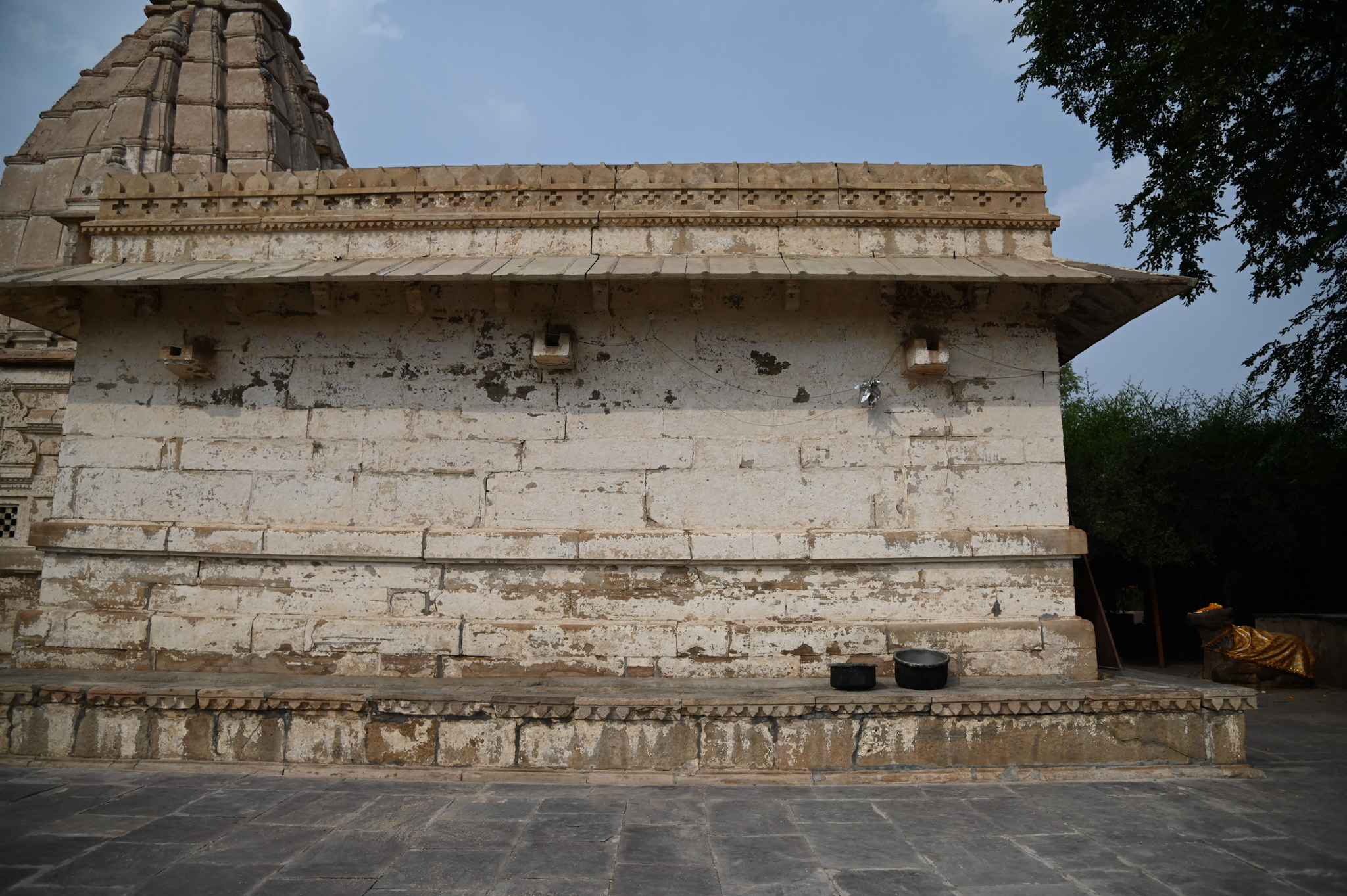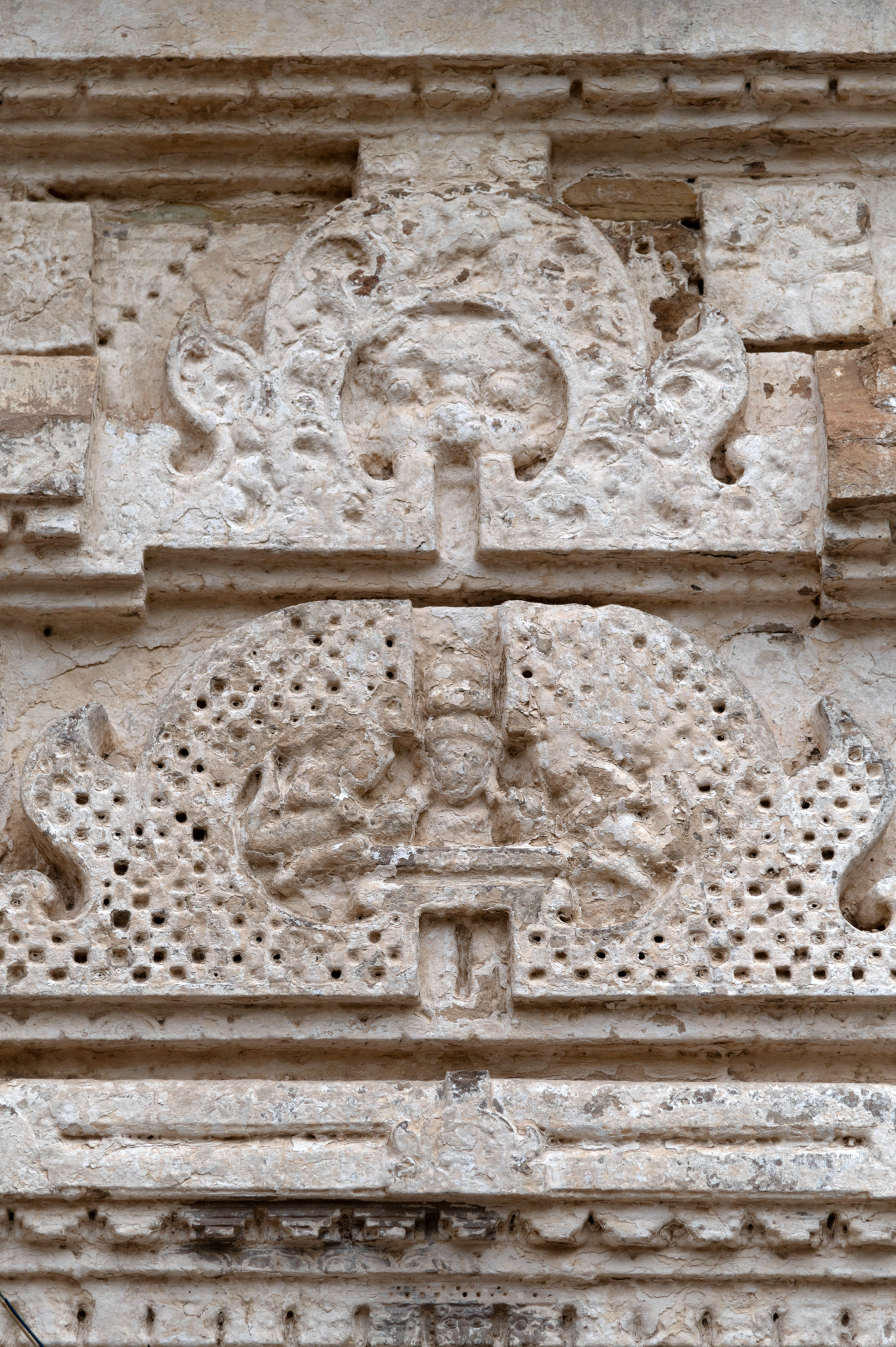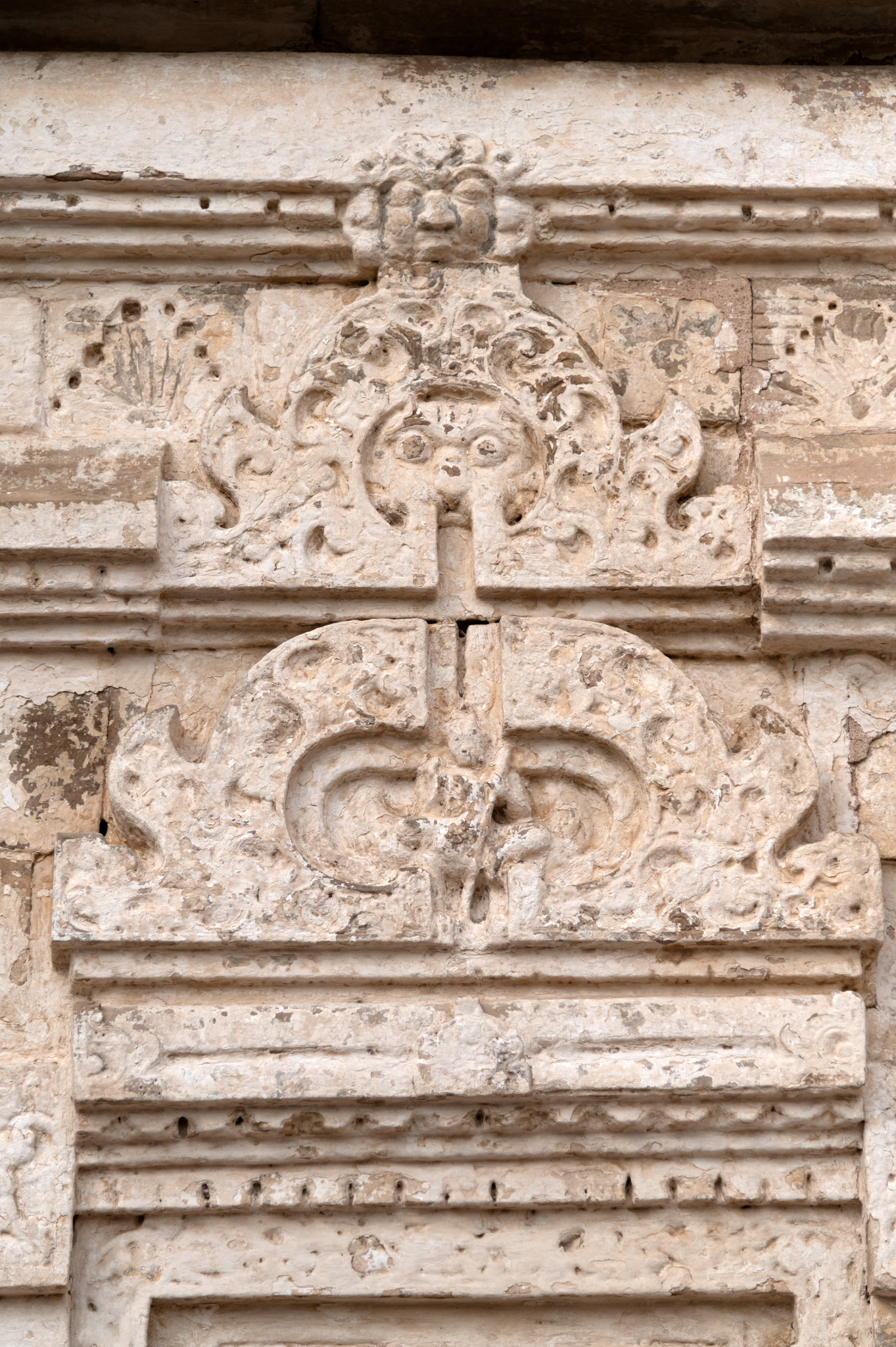Sacred and Serene: The Artistry of Charchoma Shiva Temple
The Charchoma Shiva Temple, situated in the village of Charchoma Maliya in Rajasthan’s Kota district, falls under the Jaipur Circle of the Archaeological Survey of India (ASI). This living temple, dedicated to Shiva, reflects its historicity through its regional Gupta architectural style and two inscriptions found in the temple. The inscriptions, in Gupta Brahmi script, are located outside the temple's mandapa (pillared hall) and pillar of the antarala (vestibule or antechamber). This suggests that the temple likely belongs to the late Gupta period.
On its plan, the east-facing temple has a mandapa, antarala, and garbhagriha (sanctum sanctorum). The temple's vertical elevation consists of base mouldings, a jangha (wall), and a latina type of shikhara (spire).
Although the garbhagriha houses a sculpture of Parvati, also known locally as Adi Shakti, the temple does not primarily dedicate itself to the goddess. The locals revere a linga in the mandapa as the main deity. The lalatabimba (lintel) also depicts a linga, albeit in poor condition. Only the frontal face is visible, flanked and worshipped by gandharvas (celestial musicians), while the side faces are unclear, making it uncertain whether it's a Chaturmukha linga (linga with four faces).
The image gallery is a visual walk-through of this Gupta period temple, which is one of the oldest temples in Rajasthan. Over time, the temple underwent modifications, including alterations in the 19th century, resulting in the present form, which may not appear ancient to a casual observer.

